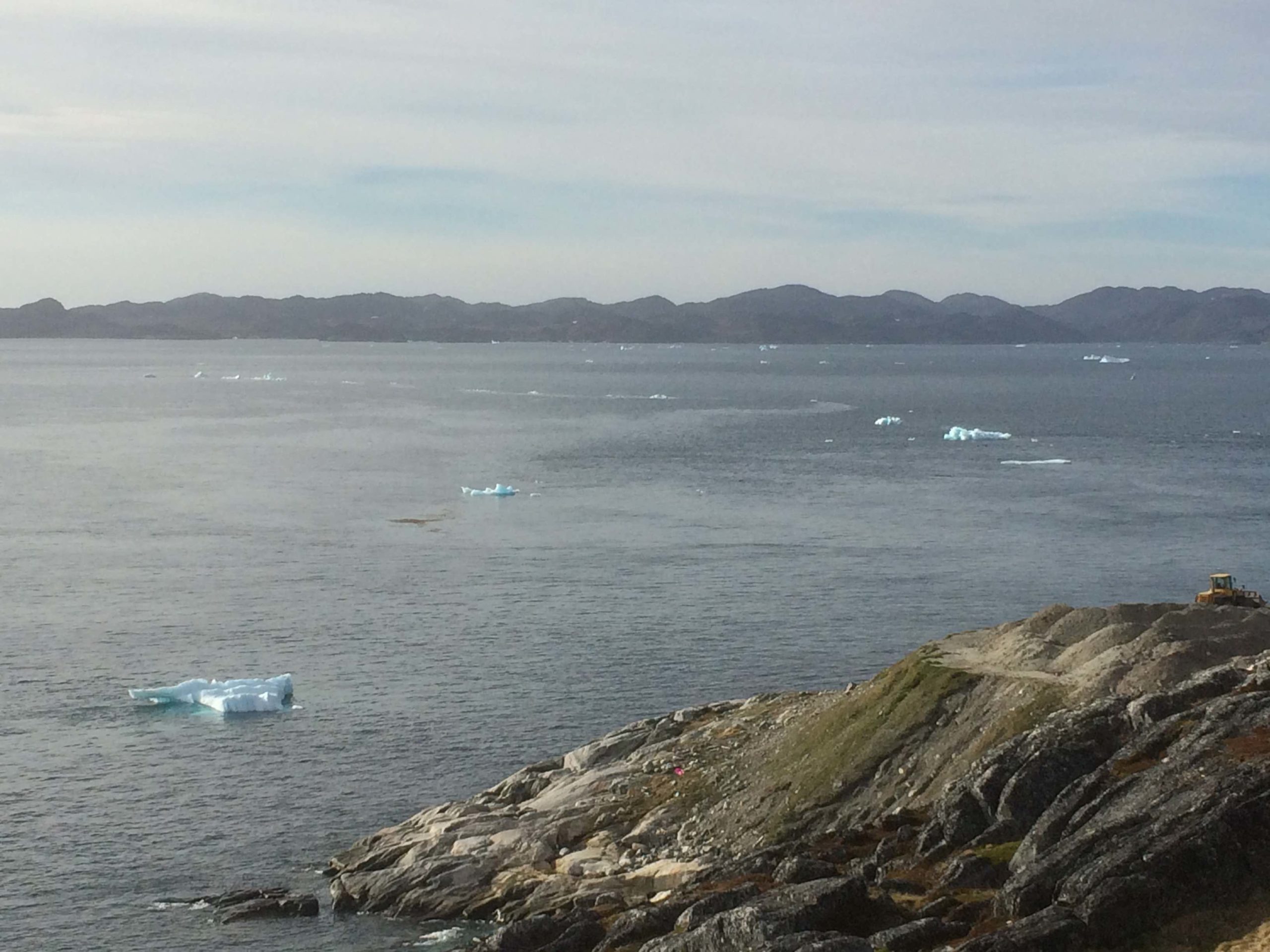
Global warming is “dangerously close” to triggering an unstoppable melt of ice in Antarctica and Greenland that could drive up sea levels by 10 metres over thousands of years, scientists say.
In a commentary in the journal Nature, they say the world needs “an emergency response” to tackle climate “tipping points” – sudden changes such as the thaw of Arctic sea ice in summer, loss of Amazon rainforests, die-offs of coral reefs or the collapse of Atlantic ocean currents.
Predicted temperature thresholds for such tipping points are getting lower, they write. When scientists introduced the theory a couple of decades ago, tipping points were widely expected to require severe levels of warming, unlikely to occur this century.
“We think that several cryosphere tipping points are dangerously close,” according to the study, led by Timothy Lenton, director of the Global Systems Institute at the University of Exeter in England. In 2005, his research was less alarming, warning of tipping points before mid-century.
Now, a part of West Antarctica “may already have passed a tipping point,” the researchers say.
“It could destabilize the rest of the West Antarctic ice sheet like toppling dominoes — leading to about three metres of sea-level rise on a timescale of centuries to millennia,” the report says. And the Wilkes Basin in East Antarctica may be similarly vulnerable.

At the other end of the planet, the Greenland ice sheet, which locks up ice equivalent to seven metres of sea level rise, is melting ever faster. “Models suggest that the Greenland ice sheet could be doomed at 1.5 °Celsius of warming, which could happen as soon as 2030.”
“Thus, we might already have committed future generations to living with sea-level rises of around 10 metres over thousands of years,” they write.
“But that timescale is still under our control.”
To combat the risks, they write that “warming must be limited to 1.5 °C” above pre-industrial times, the toughest ambition under the 2015 Paris Agreement among almost 200 nations.
“This requires an emergency response,” to cut greenhouse gas emissions, they write.
Many governments are reluctant to declare a planetary emergency for climate change, even though they sometimes take radical action on other fronts when the risks are high but there is limited understanding.
In 2001, for instance, then U.S. Vice President Dick Cheney formulated what became known as the “one percent doctrine” after the 9/11 attacks on the United States.
He said: “If there’s a one percent chance that Pakistani scientists are helping al-Qaeda build or develop a nuclear weapon, we have to treat it as a certainty in terms of our response. It’s not about our analysis … It’s about our response.”
The scientists writing in Nature take a similar approach to Cheney’s, urging immediate action even as they acknowledge that some scientists reckon that global tipping points are “highly speculative”.
“To err on the side of danger is not a responsible option,” they write.
